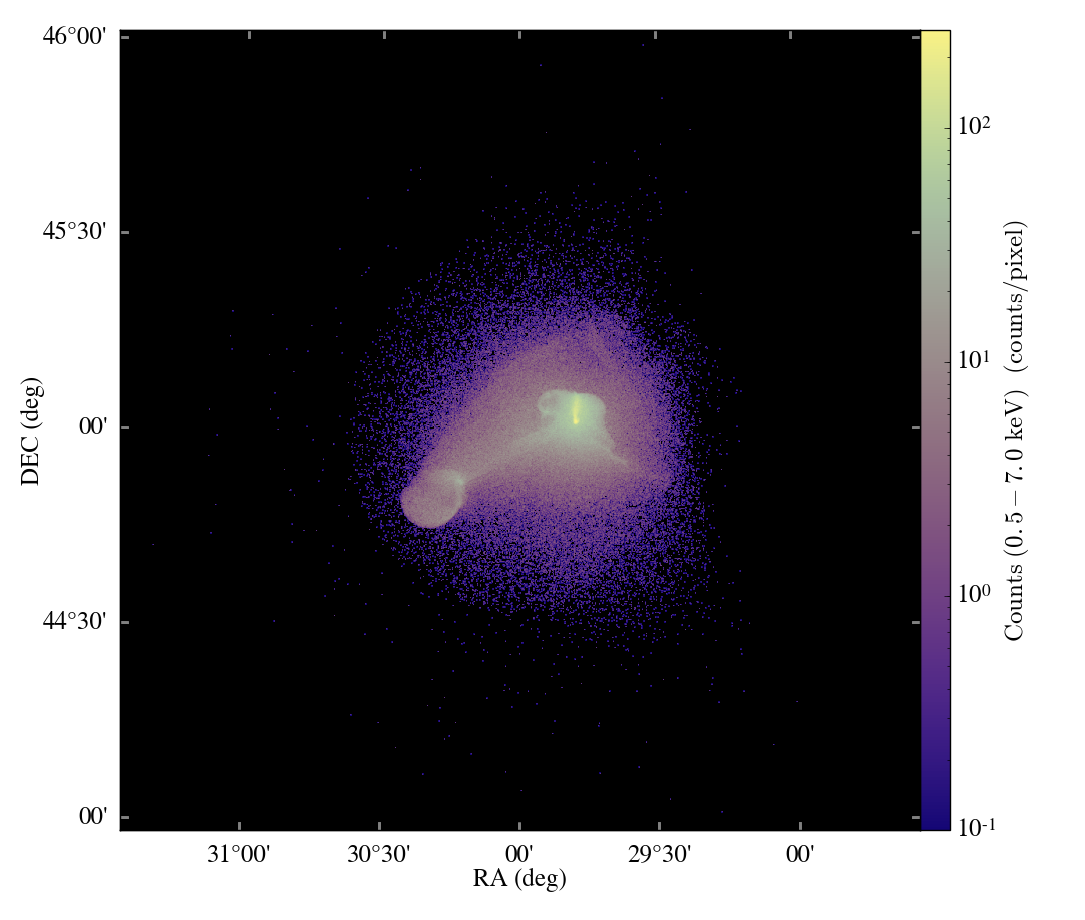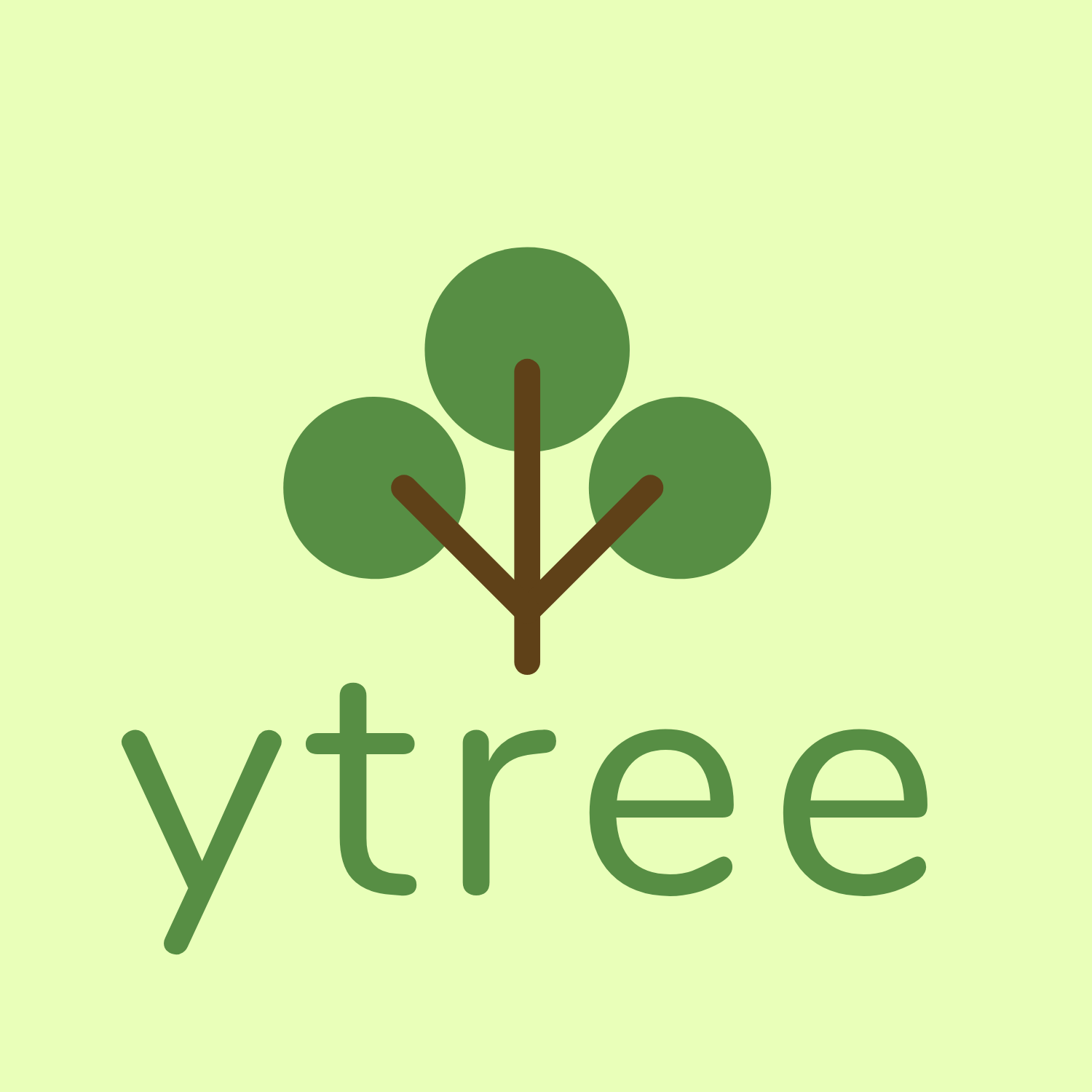Hi all,
Just sharing a video here that showcases some improvements I’ve made to
the kD-tree rendering that will be making its way to yt for the 2.0
release. You can download it render_movie.3gp|here
Just to be clear this is showing the rendering of a cosmology simulation with a 64^3 root grid + 6 AMR levels in real time on 8 processors. The script is run in parallel, with the root processor displaying the results once each frame is finished. The viewpoint is being randomized, showing the power of a kD- tree homogenization that allows a fast back-to-front sorting algorithm for each brick. The big key here is that each processor keeps the data associated with its volume in memory so that a new viewpoint doesn’t require additional file I/O.
To help get an idea of what the load balancing is doing, I figured out a way to plot the outline of the bricks with a color corresponding to each processor. This is using the breadth-first load balancing where the top N subtrees are distributed across the N processors. Some of the colors overlap in an odd way because of the order in which they are shown but you can get the general idea.

There are a few more improvements on the way such as parallel kD-tree construction which should lower the overhead for this method by quite a lot, so keep an eye out!





